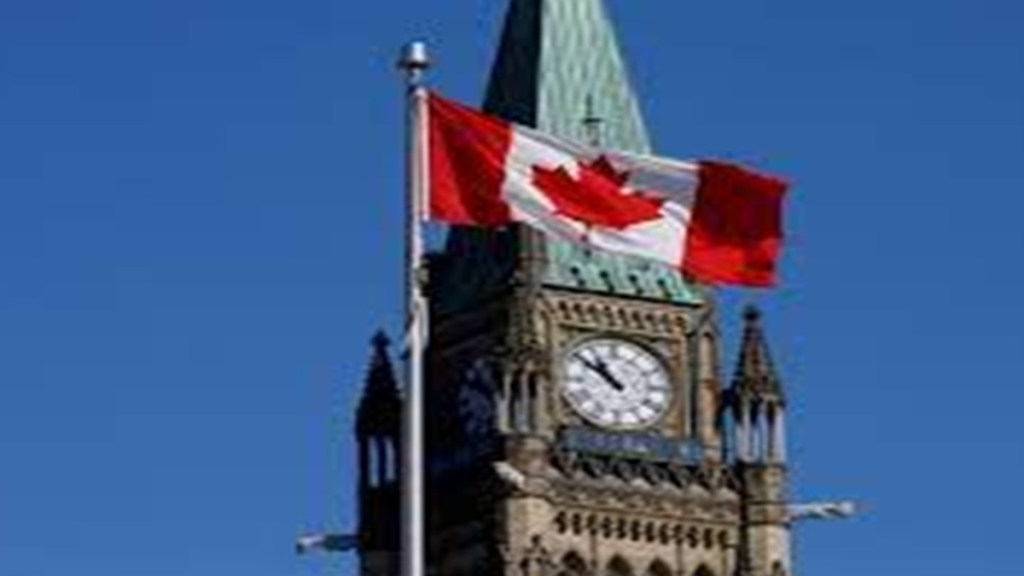Marc Miller, Minister of Immigration, Refugees and Citizenship, has announced the 2024-2026 Canada Immigration Levels Plan. This plan is tailored to support economic growth while balancing the pressures in areas like housing, healthcare and infrastructure. It charts a responsible course for sustainable and stable population growth.
With this Levels Plan, the Government of Canada is maintaining its target of 485,000 permanent residents for 2024 and completing the final step to reach 500,000 in 2025. The 2024 target of 485,000 new immigrants to Canada amounts to 1.2% of Canada’s current population.
The target set for Federal High Skilled immigrants including the Federal Skilled Worker Program, Federal Skilled Trades Program, and Canadian Experience Class for 2024 is 110,770. For 2025 and 2026, it is to be fixed at 117,500.
The quota for immigrants including Spouses, Partners and Children for 2024 is set at 82,000 while for 2025 and 2026 it is fixed at 84,000.
5000 is the target set for the Start-up Visa Program and the Self-employed Persons Program for 2025.
Starting in 2026, the government will stabilize permanent resident levels at 500,000, allowing time for successful integration, while continuing to augment Canada’s labour market, with over 60% of permanent resident admissions dedicated to the economic class by 2025.
The government also plans to take action over the next year to recalibrate the number of temporary resident admissions to ensure this aspect of our immigration system also remains sustainable.
The new Levels Plan also considers important progress IRCC has made in the past year through new digital systems and improved client service, which have increased processing capacity and reduced application backlogs.
The Levels Plan is a projection of how many permanent residents will be admitted to Canada in a given year and sets targets for overall admissions per immigration category. Under the Immigration and Refugee Protection Act, the Minister must table the Levels Plan in Parliament each year.
The Levels Plan identifies permanent resident targets in four categories: economic immigration, family reunification, refugees and protected persons, and the humanitarian and compassionate class.
IRCC supports employers through measures like category-based selection. As part of this initiative, IRCC is increasing the number of invitations to individuals with work experience in health care, STEM, transport, agriculture and agri-food, trades and French proficiency.
On August 3, 2023, 1,500 invitations were sent to individuals with experience in the skilled trades including carpenters, contractors, plumbers, etc.
Over the last five years, close to 38,000 tradespersons have obtained permanent residency in Canada through the Canadian Experience Class, the Provincial Nominee Program, and the Federal Skilled Trades program.
The Government of Canada will continue to work closely with the provinces and territories, employers, stakeholders and Indigenous peoples to help Canada adapt to the realities of immigration-driven population growth. This approach is also guided by An Immigration System for Canada’s Future—a report that lays out a pathway to strengthen our immigration system for newcomers, businesses, and communities.
Canadians across the country can see how newcomers are benefiting local communities through Immigration, Refugees and Citizenship Canada’s Immigration Matters campaign.


